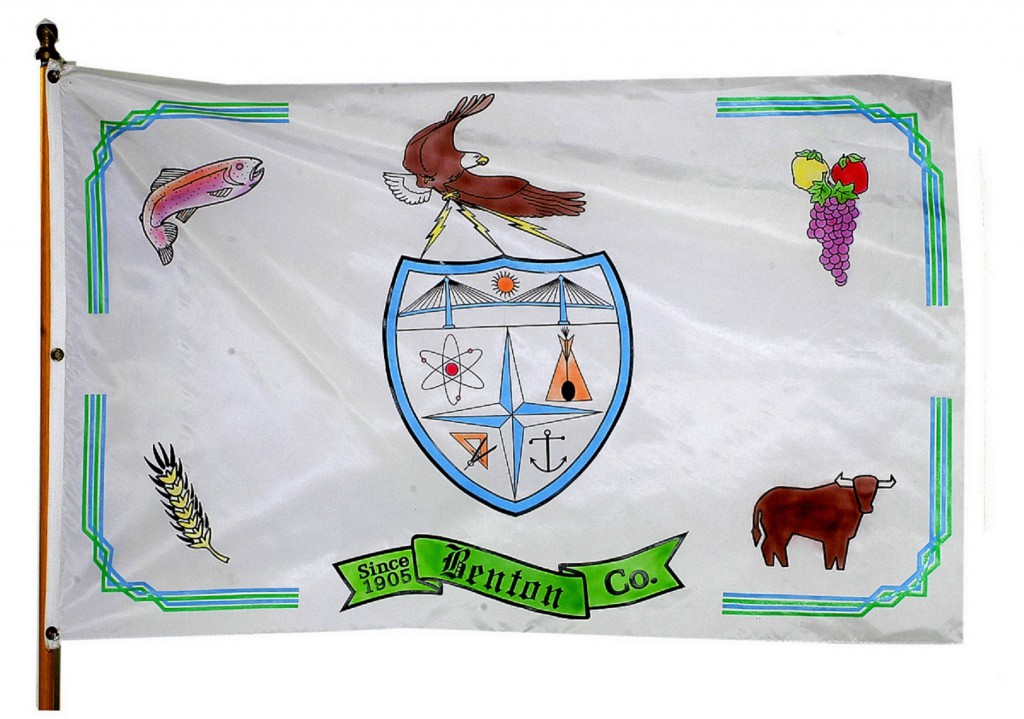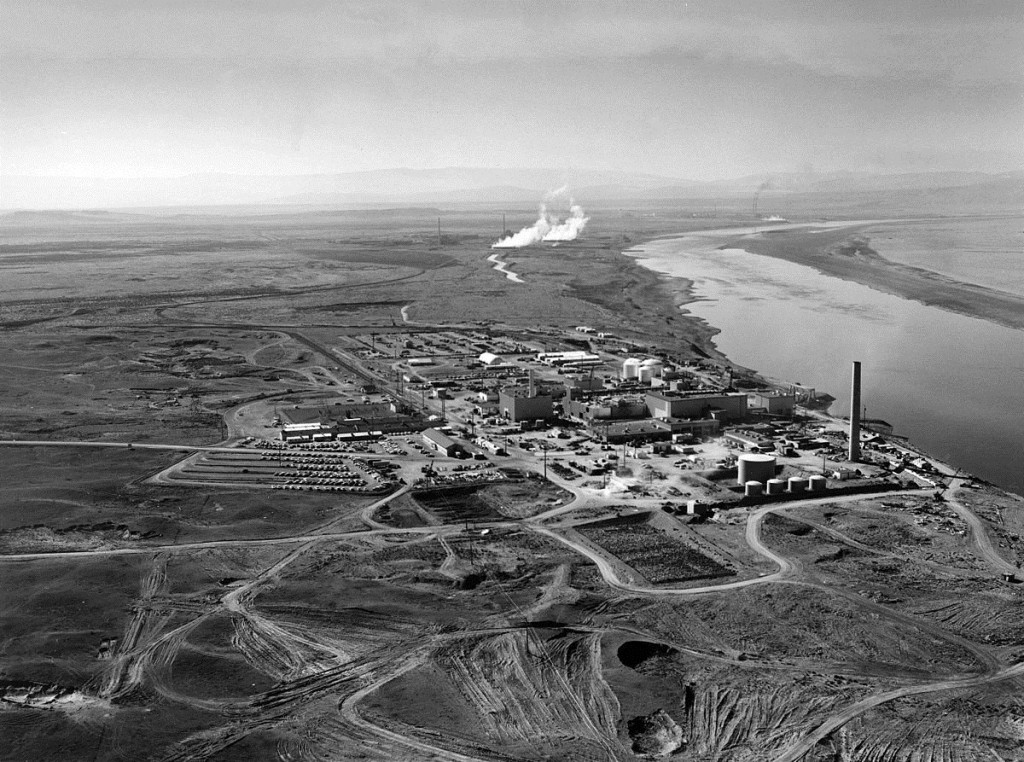A Snapshot of Benton County

Benton is third in a series covering Washington’s 39 counties, including how they got their names.
In southcentral Washington where the Columbia, Snake, and Yakima rivers converge, sits Benton County.
Benton covers 1,738 square miles, designating it as Washington’s 21st largest county. Although it’s not particularly big, it’s population is 186,486 people, giving it a density of 103 people per square mile. This is slightly higher than the state average of 101.2, and is the 9th highest among Washington’s counties. Benton has several large cities including Kennewick and Richland, where most of its residents live. The county seat is Prosser.
Benton County’s name is steeped in American history. Formed in 1905 from eastern portions of Yakima and Klickitat counties, it was named after Missouri Senator Thomas Hart Benton. Senator Benton was a major proponent of westward expansion, otherwise known as Manifest Destiny. He wrote the first of the Homestead Acts, encouraging pioneers to move West and settle lands. Along with being an American expansionist, he fervently opposed paper money, earning him the nickname “Old Bullion.” Benton advocated the gold standard and thought paper money created inequality and favored the wealthy.
Benton County’s name is not its only claim to historical significance. In fact, the entire course of human history was changed by what came out of a small town within Benton’s borders. In 1943, only 38 years after its creation, World War II visited Benton County in the form of the Manhattan Project.
In order to make atomic weapons, the Manhattan Project produced the plutonium. The Hanford Site, a massive complex, was built in 1943 along the banks of the Columbia. The plutonium manufactured in Hanford was used in the Trinity test bomb, as well as the bomb dropped on Nagasaki, Japan. To this day, Benton has a strong heritage of technology due to World War II, but it continues to be a strong agricultural producer as well.
